

Faye Smith tripped over a tree stump. Again.
She’s so thrilled she finished a shoe – with her own two hands, from scratch – that she forgot to put away the stump that she hammers the sole nails on. Again.
Faye is both forward and backward-thinking, the mind and hands behind Sevilla Smith, hand-crafting made-to-order leather shoes that’ll last a lifetime. She’s currently working and living from Barcelona, where she spends part of the year. (The other part? Philadelphia. The other other part? Traveling.)
She’s working from her balcony, which has a clear view of the Barcelona Cathedral. Opera singers, flamenco dancers, and full-blown orchestras often serenade her throughout the day. Nearly all of the furnishings in her workspace are vintage, from an old roll-top desk to a 1930s architect’s drafting table. “It helps me feel like I am part of a tradition,” she says.
A tradition she learned from a man named Niccolo. A few years ago, while wandering through the medieval alleyways of the Born neighborhood in Barcelona, Faye stumbled upon a shoe shop with classic handmade English-style men’s shoes. That was it. She decided then and there that she wanted to learn how to make shoes and asked the owner if he would teach her.
Niccolo agreed.






Faye began an intensive shoemaking course, all in Spanish (not her first language), taking detailed notes along the way. For her first shoe, instead of designing something she would wear, she designed a Franken-shoe, which had all the aspects of a shoe that she wanted to learn. She’s been learning ever since.
Her husband, who’s a professor, and Faye had decided to spend every summer and sabbatical traveling. That’s how they ended up in Barcelona, productive but unhurried in its nature. After this particular stint in Barcelona, with her husband and son in tow, Faye returned to the U.S. to pore over historical books on shoemaking, anywhere from hundreds BC to the Industrial Revolution.
One bit she learned from all of her historical research: Don’t put nails in your mouth if you have wooden dentures.
Say it’s a Monday. Any typical day for Faye starts – “begrudgingly,” she says – at 7:00 a.m., helping her son get ready for his day, making his lunch and taking the train to walk up the steep hill to school. Once back home, it’s time for espresso and email.
“I spend my mornings with a coffee and a political complaint session with the hubby,” she says. “This usually gives me enough fire to put on some Delta Blues and stick it to the man while hammering some shoes!”
“Kidding.”
Is she?
“…Not really.”
Faye still answers each inquiry herself, and the price for personalization is time; she can spend up to three hours each day glued to email. Then she meets with her shoemakers and divides up the week’s work between them, herself included.
By that time it’s usually way past Barcelona lunch time – 2:00 to 4:00 is typical, hence why storefronts are usually closed during that time – so it’s back to school for pick up. Then home. Then dinner. Then shoe work until her head hits a pillow at 11:00 p.m.
Rinse. Repeat.
“I find that my life before making shoes was just a series of steps towards it,” she says.
Those steps started at UC Berkeley, studying Film Theory, with the intention of becoming a film critic, focusing on semiotics and film language. Post college, though, Faye found herself working with costume designer Isis Mussenden, known for her work in the Narnia movies.




“She took the critical thinking I learned and pushed it into the realm of critical expression with clothing being the medium. She showed me how to take characters and think about what each bit, down to their shoelaces, said about them as people.”
Faye spent 18 years working in film, living between Los Angeles and New Orleans, and oftentimes on location, from Boston to South Africa.
“Getting a chance to dress extras and well-known actors from all over the world really gave me great insight into people and how they feel about and in their clothing. Each film became an exercise in deciphering how clothes convey information about us. It’s a language.”
“I really didn’t know if I had it in me to be a maker.”
After her training with Niccolo and returning to the States, Faye gave herself the task of designing and making 50 shoes in 50 days. With her budgeting experience from film, she knew that with the slim profit margin, she needed to be able to work at this pace to make anything close to a living.
“If I could do it physically and mentally and be happy with my work, then I would open a shop.”
Sevilla Smith opened in November 2014 on Etsy, at first with a random selection of designs. Slowly she created cohesion in her collections and nixed some styles – even if they were selling – that just weren’t her.
“It got to the point where I couldn’t keep up and was having to ice my shoulder and elbows every night just so I could work the next day. My hands would be so sore that I couldn’t hold a knife to make dinner. I needed to get help, and this has been the emotionally hardest lesson I have learned in keeping the business going.”
There’s a stigma, still, that comfortable shoes often aren’t beautiful, and beautiful shoes often aren’t comfortable. Yet Sevilla Smith designs combine the two effortlessly, a nod to the long hours she worked on her feet during her film days.
“Film work is often a 16-hour work day. You can start the day dressing 200 people in the muddy woods for a scene, mid-day find yourself schlepping 10 bags through the mall for hours, and by the evening be in a fitting with an A-list actor in a luxury brand store. By the time you get to that fitting, you need to still look like you have the expertise to have reliable input on what they should be wearing in a film seen by millions worldwide.”
With that background comes discipline in her designs. First, she starts with materials and shapes that are both classic and comfortable. Materials have three jobs: they need to breathe well, they need to stretch to the foot and, most importantly according to Faye, the silhouette of the shoe needs to fall in line with how a foot moves.
“If I think back to the time when people didn’t have closets full of shoes, but instead only had only one or two pairs, then I can really hone in on a design that is good enough to be the pair you wear most often.”
The first house Faye and her husband bought was in New Orleans, just a month before Katrina hit. After that, she lived in 21 places in 20 months.
“I have had so many divorces with the things I own,” she says.
Every time she buys something, Faye asks herself if she could part with it easily. “It is surprising how many items fail this interrogation. They feel like a burden unless they really serve a purpose for my life. My wealth and accomplishments are now defined by my experiences and my memories.”
“I think before I traveled so much, I saw the things I owned as wealth; it signified some sort of stability, permanence and accomplishment. But now, everything beyond what I really need I can qualify as stuff.”
A nomad at heart, her designs are mostly inspired by travel. In Portuguese museums, she’d take photos of shoes worn by explorers like Vasco de Gama, finding their shoes to be timeless, wearable even for today. A pair of children’s shoes from the Victorian Era inspired one of her most popular boots. She even put her designs to test the hard way, walking 120 miles in a pair of her shoes from Portugal to Finisterre, Spain. “It definitely influenced and cemented some design features of our shoes, like how we place orthopedic cork in between the sole layers of each shoe.”
“I think before I traveled so much, I saw the things I owned as wealth; it signified some sort of stability, permanence, and accomplishment. But now, everything beyond what I really need I can qualify as stuff.”




No matter where Faye is traveling – Morocco, maybe, or Athens – she takes to the streets, her son in hand, soaking up the local scene. “We were on a recent trip to Marrakech and the woman who ran the riad was kind enough to set me up with a local maker. I brought my son with me as we zigzagged through the alleys of the souks and into some very old mud buildings where we had a fantastic time meeting locals, having tea and learning how they make shoes and who makes each part of a babouche for them.”
“We heard about their cultural gender separations, family dynamics, even about when they don’t produce as many goods because of religious holidays. It was more than we could learn from any tour guide.”
“I am very aware of having too much and it doesn’t feel like wealth, but like a burden. I design not so people buy my whole collection or shoe after shoe, but I design so people will have a pair they wear over and over again and still be happy.”
Faye is sensitive to how and where her shoes could be worn, and that they are appropriate in any environment. “They need to be comfortable in every social class you may find yourself in, from a chance visit with a designer in New York to having tea with a maker in Morocco with mud floors and a bare bulb lighting the room.”
“I am very aware of having too much and it doesn’t feel like wealth, but like a burden. I design not so people buy my whole collection or shoe after shoe, but I design so people will have a pair they wear over and over again and still be happy. It makes for a totally different mindset in production and consumption.”
There are so many factors about the mass shoe production industry that horrify Faye; she has a hard time focusing on one. The exploitation of labor, though, is her biggest concern, with workers making far below fair wage.
Then there’s the waste. By making to order, switching the process from produce, then sell to sell, then produce, Faye makes certain to only uses materials that someone has committed to.




“I just don’t feel that we should be producing masses of shoes just to spend our energy and funds in selling those to people. That’s the primary model in the footwear industry today and it produces a ton of waste and unnecessary consumption. Once they make it, they have to find a buyer, whether it is in discount outlets or telling you later that what you bought just three months before is outdated and you need their new thing. It’s a horrible cycle of waste.”
Then there are the materials themselves. According to Faye, many mass-produced shoes are made with a ground paper and glue midsole and various petroleum-based products. “Those materials really aren’t meant to release the bacteria that bodies generally have,” she says.
Faye uses leather – meant to be naturally breathable – sourced from European tanneries, relying on the standards of tanning that European governments enforce. Be careful, she says, of tanneries claiming “American leather.” It’s very common for U.S.-based steer to be tanned in Haiti. Suspicious, yes. Common, also yes.
“Perfection is not beauty in my book. Character, nuance, patina are the things I look for – not just in leather, but with people!”
Some of the European tanneries she works with rub the surface of each piece of leather entirely by hand. “Perfection is not beauty in my book. Character, nuance, patina are the things I look for – not just in leather, but with people!”
So what’s next for Faye and Sevilla Smith? More transparency and more humanitarianism, for one. A collaboration with Because International, with The Shoe That Grows project (they make a children’s shoe that grows five sizes and lasts up to five years), is currently in the works.
“We grow up with so many examples of business practices and standards being almost singularly profit-driven, so when I see a company that thinks about a much bigger picture and the huge impact a small business can have, it makes me so inspired to grow even when I am personally already content with my business.”
“Sometimes we think of our shoe choices at a level above basic necessity. It will be wonderful to be able to help get shoes to people who need shoes, period.”
Faye remembers a pair of shiny black Mary Janes that her father got her for the first day of first grade. They were beautiful and expensive; they were stiff and she couldn’t run in them. When they stopped her from playing kickball, she started to resent them.”
“I still don’t think your shoes should stop you from being you.”
Megan is a writer, editor, etc.-er who muses about life, design and travel for Domino, Lonny, Hunker and more. Her life rules include, but are not limited to: zipper when merging, tip in cash and contribute to your IRA. Be a pal and subscribe to her newsletter Night Vision or follow her on Instagram.
BY Megan McCarty - November 19, 2017
Most-read posts:
Did you know W&D now has a resource library of Printable Art, Templates, Freebies, and more?
take me there
Get Our Best W&D Resources
for designing a life well-lived
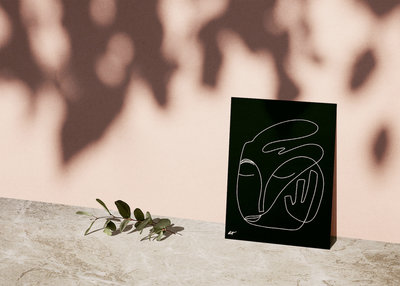

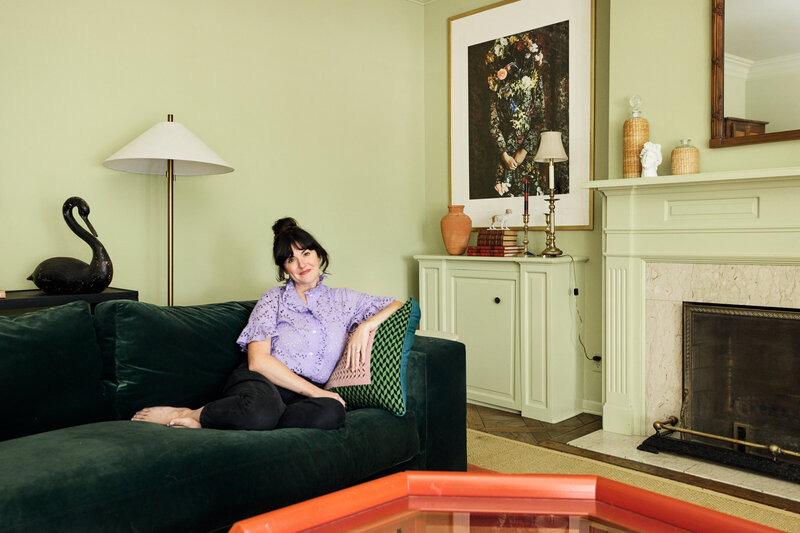

Thank you for being here. For being open to enjoying life’s simple pleasures and looking inward to understand yourself, your neighbors, and your fellow humans! I’m looking forward to chatting with you.
Hi, I'm Kate. Welcome to my happy place.


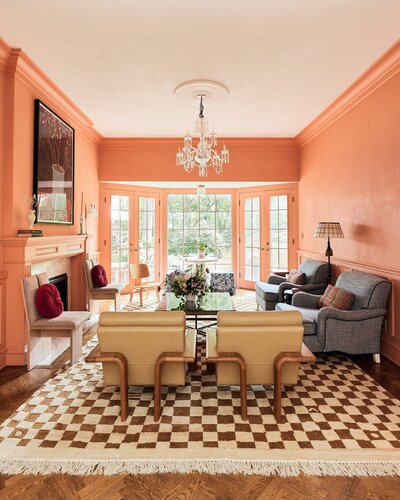

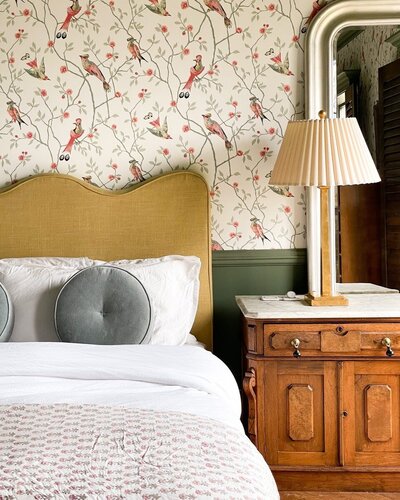






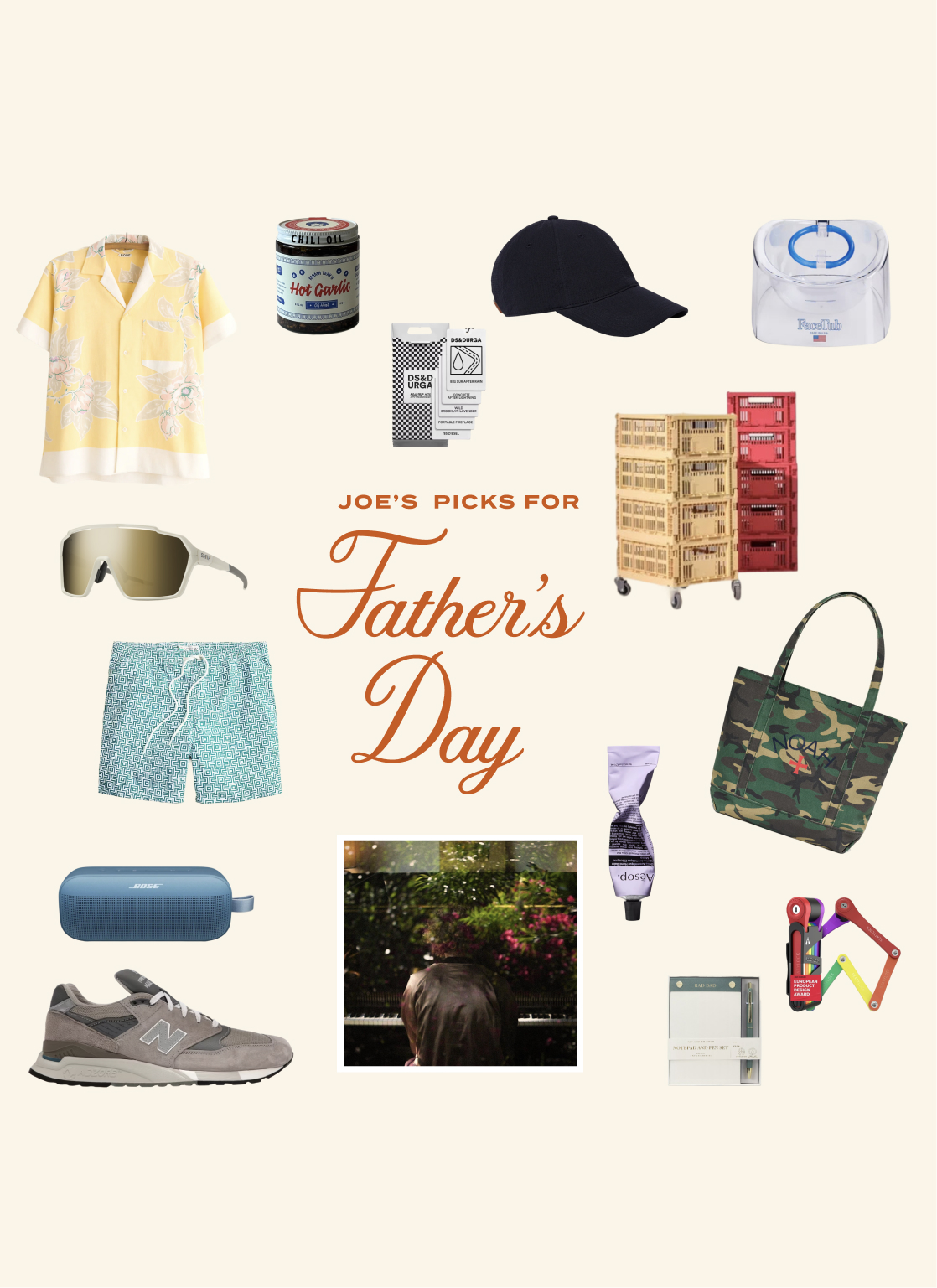
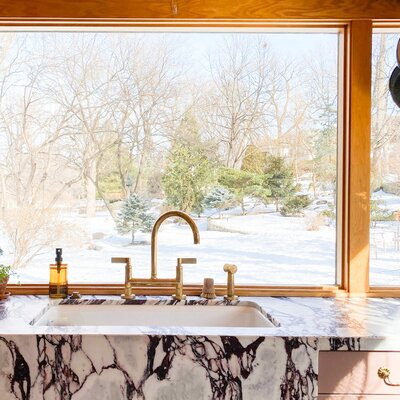
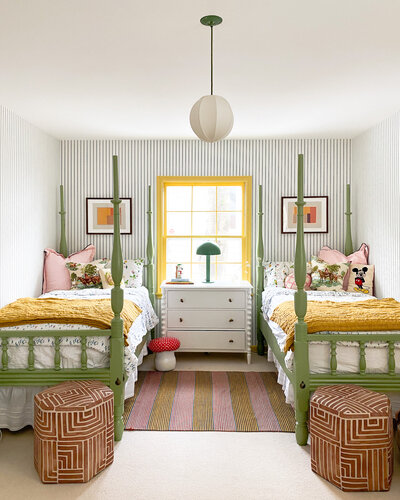
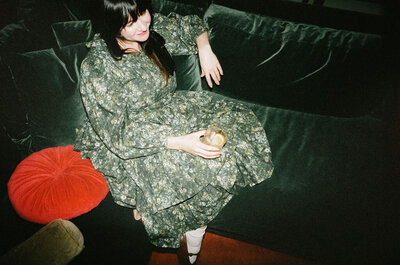

I love, love, love the simple look of the shoes. A brand to look out for!
–
Charmaine Ng | Architecture & Lifestyle Blog
http://charmainenyw.com
Thank you for spotlighting Faye´s story, talent & product. I stumbled upon her shoes through Bryr Studio and got a pair 6 mo ago. They are some of the best made and most comfortable flats I’ve ever worn! They are more comfortable every day and are so modern and unique.
Thank you for sharing her story – I own one pair of her shoes and cannot wait to order another! I hope there will be more of a return to hand-crafted methods in shoe and apparel-making.